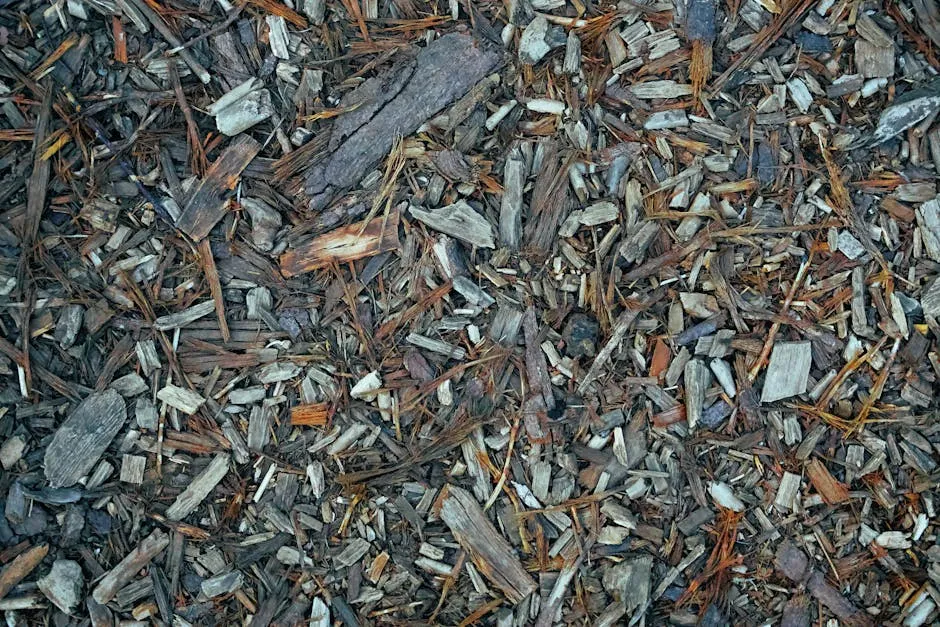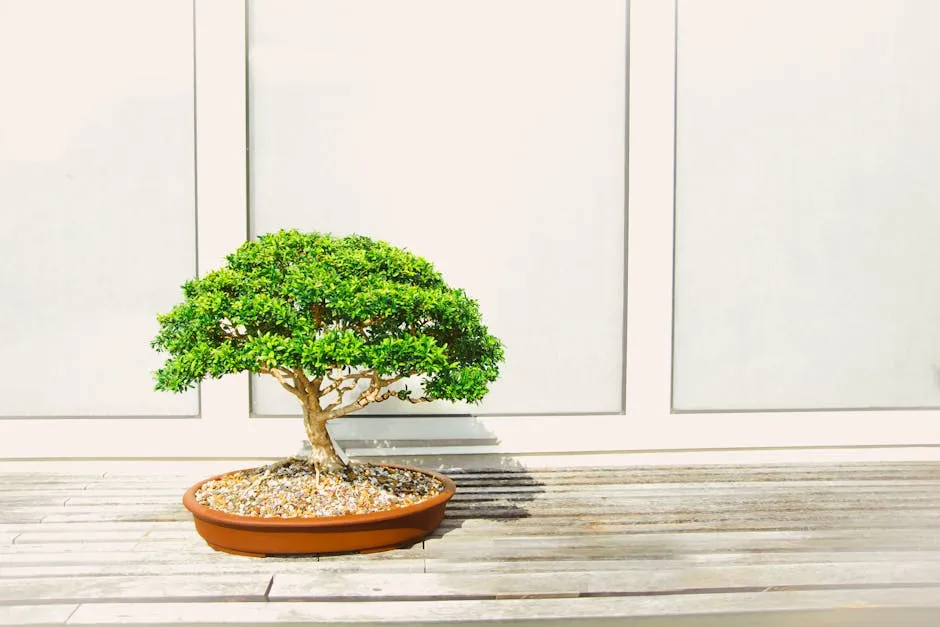

Flowering Dogwood: A Comprehensive Guide to This Iconic Tree
Introduction
The flowering dogwood is a stunning tree. Its vibrant blossoms and unique bark make it a favorite among gardeners. Native to eastern North America, it thrives in woodlands and yards. This tree not only enhances beauty but also supports local wildlife. Additionally, it carries rich cultural significance, making it truly special.
If you’re looking to add that special touch to your garden, consider getting a Flowering Dogwood Tree. Its beauty will make your neighbors green with envy!

Summary and Overview
The flowering dogwood, or Cornus florida, is a small deciduous tree. It typically reaches heights of 15 to 30 feet, with a rounded crown that adds charm to any landscape. Its leaves are dark green and turn beautiful shades of red and purple in fall. The tree blooms in spring, showcasing showy white bracts that surround tiny yellow-green flowers.
In landscaping, it serves as an eye-catching ornamental tree. It also attracts various birds and butterflies, providing essential habitat and food sources. However, cultivating flowering dogwood can be challenging due to its susceptibility to diseases, particularly dogwood anthracnose. Gardeners should be aware of these issues to ensure healthy growth and a vibrant display.
To help your gardening journey, consider using organic fertilizer to give your dogwood the nutrients it needs to thrive!

Characteristics of Flowering Dogwood
Physical Description
The flowering dogwood, scientifically known as Cornus florida, is a small, ornamental tree. Its leaves are dark green, simple, and oval-shaped, measuring 3 to 6 inches long. These leaves turn vibrant shades of red and purple in the fall, adding seasonal interest.
In spring, the tree showcases stunning white bracts that surround tiny, yellow-green flowers. These bracts resemble petals, creating a beautiful display from April to May. After flowering, the tree produces glossy, red fruits, which are oval and clustered. Though the fruit is not palatable for humans, it serves as a vital food source for birds.
The bark is dark gray and becomes scaly as the tree matures, offering visual appeal throughout the year.
Habitat and Growing Conditions
Flowering dogwood thrives in USDA hardiness zones 5 to 9. It prefers well-drained, slightly acidic to neutral soil enriched with organic matter. The ideal pH level ranges from 6.0 to 7.0.
This tree enjoys full sun to partial shade, although it requires more shade in hotter climates. Ensure it receives at least 4 to 6 hours of sunlight daily for optimal growth. Watering should be regular, aiming for moderate moisture. Mulching around the base helps maintain soil temperature and moisture levels, especially during hot summers. Proper care will lead to a healthy, vibrant tree that enhances any landscape.
Speaking of mulching, consider using cedar mulch to keep your dogwood tree cozy and well-protected!

Ecological Importance
Wildlife Interactions
Flowering dogwood is a wildlife-friendly tree. It supports over 28 bird species, including wild turkey and songbirds. The tree’s berries are a vital food source from late summer through winter. These red fruits are loved by various mammals too, such as squirrels and deer. Additionally, flowering dogwood attracts pollinators like butterflies and specialized bees. Its blossoms provide nectar, making it an essential plant for maintaining healthy ecosystems. By offering habitat and nourishment, this tree plays a crucial role in the balance of local wildlife.
To learn more about how to attract local wildlife with plants, check out this article on Best native plants for attracting local wildlife.
Enhance your wildlife garden by adding a bird feeder that will attract feathered friends to your yard!

Seasonal Interest
The flowering dogwood shines in every season. In spring, the showy white bracts bloom, creating stunning displays. This tree typically flowers from April to May, just before its leaves fully emerge. As summer fades, the foliage transforms into vibrant shades of red and purple, enhancing autumn landscapes. Even in winter, the dark gray, scaly bark adds character. With its year-round interest, flowering dogwood not only beautifies gardens but also captivates nature lovers throughout the seasons.
Cultivation and Care
Planting Tips
When planting flowering dogwood, choose a location with good drainage. This tree prefers slightly acidic to neutral soil. Dig a hole that is as deep as the root ball and twice its width. This ensures proper root expansion. For best results, plant in spring or fall when temperatures are moderate.
Spacing is crucial. Position flowering dogwoods 15 to 30 feet apart. This allows for growth without overcrowding. They thrive in partial shade, especially in hotter regions. Avoid planting near large trees that compete for sunlight. With proper planning, your flowering dogwood will flourish and create a stunning focal point in your garden.
Speaking of planning, don’t forget to wear gardening gloves while digging around! Your hands will thank you!

Disease and Pest Management
Flowering dogwoods face several challenges from diseases and pests. One of the most serious is dogwood anthracnose. This fungal disease can lead to leaf spots and branch dieback. It’s more prevalent in humid areas. Regular monitoring can help catch problems early.
Other common issues include powdery mildew and leaf spot diseases. To prevent these, ensure good air circulation around the tree. Pests like the dogwood borer can also be a threat. Implementing integrated pest management strategies is key. This includes using insecticidal soap and maintaining tree health through proper watering and fertilization. By staying proactive, you can keep your flowering dogwood vibrant and healthy throughout the seasons.

Varieties and Cultivars
Popular Cultivars
Flowering dogwood boasts several captivating cultivars, each with unique traits. ‘Appalachian Blush‘ features stunning white bracts adorned with soft pink edges. This cultivar is also noted for its impressive disease resistance. Similarly, ‘Cherokee Chief‘ displays rich ruby-red bracts, adding a vibrant touch to any landscape.
For those seeking variety, ‘Cherokee Brave‘ offers striking red blooms with pale centers. It’s resistant to common diseases like spot anthracnose. Another gem, ‘Cloud 9‘, showcases wide overlapping white bracts, creating a dramatic effect. With these options, gardeners can select cultivars that enhance their ornamental gardens while ensuring resilience against diseases.
These dogwood varieties not only beautify spaces but also support local ecosystems. Their flowers attract pollinators, while their fruits nourish wildlife. Choosing the right cultivar will elevate your garden’s aesthetic appeal while contributing positively to nature.

Cultural Significance
Historical Uses
The flowering dogwood holds a special place in cultural heritage. Historically, Native Americans used its dense wood for tool handles and crafts. This wood’s strength made it ideal for creating various items, from weaving shuttles to arrow shafts.
In folklore, the flowering dogwood is often associated with stories of the crucifixion of Christ. According to legend, the tree was once large and strong. However, following the event, it became stunted as a reminder of its past. This tale adds a layer of significance to this beautiful tree, enriching its presence in gardens and landscapes.

Conclusion
In summary, the flowering dogwood captivates with its stunning beauty and ecological benefits. Its vibrant blooms and colorful fall foliage make it a seasonal delight. Adding this tree to your landscape not only enhances your garden’s appeal but also supports local wildlife.
Consider incorporating flowering dogwood into your outdoor space. Its rich history and ornamental qualities make it a valuable addition. Enjoy its beauty throughout the seasons while contributing to the environment.

If you’re feeling creative, why not document your gardening adventures in a garden journal? It’s a great way to track your progress and plan for the future!
Please let us know what you think about our content by leaving a comment down below!
Thank you for reading till here 🙂
All images from Pexels



